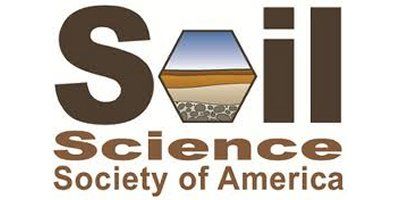

Soil Science Society of America (SSSA)
- Home
- Companies
- Soil Science Society of America (SSSA)
- Articles
- The ecologically optimum application of ...
The ecologically optimum application of nitrogen in wheat season of rice–wheat cropping system
Jan. 10, 2008- By: X. Q. Liang; H. Li; M. M. He; Y. X. Chen; G. M. Tian; S. Y. Xu
Courtesy ofSoil Science Society of America (SSSA)
Because excessive application of N fertilizer for crop production leads to environmental pollution and low N utility efficiency, a better understanding of the effects of N application rates on crop yields and NO3–N leaching is required for developing optimum ecological N management that reduces NO3–N leaching while keeping crop yield. Field experiments at two sites in the Taihu region of China were conducted to study the ecologically optimum application of N in wheat (Triticum aestivum L.) season of rice (Oryza sativa L.)–wheat cropping system. The experiment at either site had five N rates on wheat (0–360 kg N ha–1 in 90-kg increments) and NO3–N in leachate were collected by wedge-shaped fiberglass wick lysimeters. At either site, the N-wheat yield quadratic response curve was fitted quite well and a significantly linear relationship between N rates and seasonal NO3–N masses in leachate was also found. The calculated economically optimum N rate for wheat was more site related than depending on changing growing conditions from year to year, while the ecologically optimum N rate was significantly different both at sites and growing conditions (P = 0.01). The results suggest that applying the ecologically optimum N rates of 120–180 kg N ha–1 to wheat is beneficial for maximally reducing NO3–N leaching loss but minimally decreasing yield.
Most popular related searches
